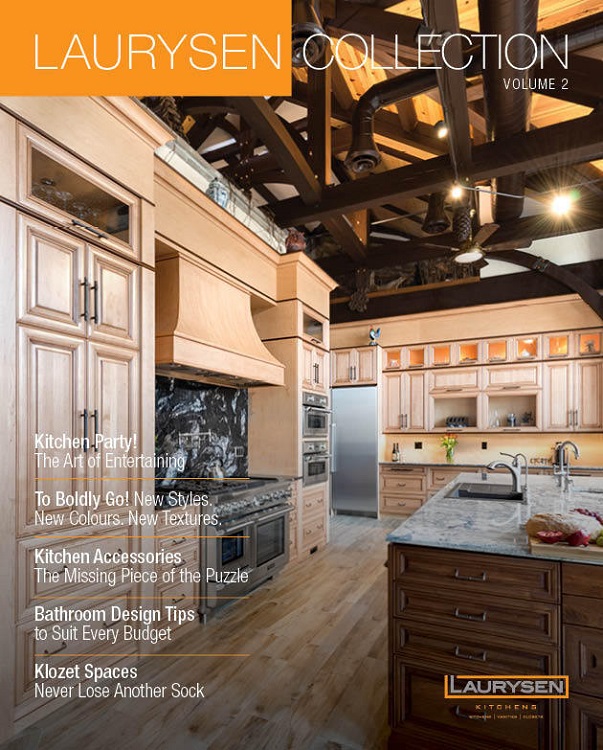There are a lot of options these days when it comes to kitchen sinks. It’s easy to get excited by all of the beautiful choices, but the important thing to remember is that it’s the material that counts.
If you’ve been dreaming about a new kitchen renovation, a kitchen sink is an important detail that’s worth thinking about. Not only does it need to work for your overall kitchen design, it needs to work for the way you live. After all, you’ll be using your sink every day for many years to come.
To help get you started, let’s take a look at some of the most popular options.
Stainless Steel Kitchen Sinks
Stainless steel sinks are what you’ll find in most kitchens, and it’s easy to see why. For one thing, they offer the best price point for those on a budget. They’re also very durable, and they handle heat well. But if you’ve owned one you’ll know that they scratch easily and they can be very noisy. Some cooks who have invested in expensive knives prefer stainless steel because they would prefer their sink get damaged rather than their knives.
There are solutions that will reduce the look of scratches. For example, you can purchase a stainless steel sink with a brushed finish rather than a highly polished one – tiny scratches will be much less noticeable on those. You should also be aware that the stainless steel is available in a wide variety of qualities, mostly due to the thickness of the steel.
For noise, again a thicker gauge of steel or even special sprays will help a bit. Better yet, get a sink that comes with sound absorbing pads on the bottom. According to testing done by Consumer Reports, this options works the best.
The other main downside to stainless steel is that every single drop of water will leave a mark, whether you have hard water or not. Even though this is just a surface mark that cleans up easily, it does bother some people. If you want to avoid constant wiping and polishing, you may want to choose another kind of sink that won’t show these marks.
Composite Kitchen Sinks
Composites (like granite or quartz composite) are very popular for kitchen countertops, and are made of stone mixed with resins. You may know about composites by brand names like Cambria, Silestone or Caesarstone.
There are a lot of reasons to love composite sinks: mainly that dirt is practically invisible on the darker hues. You won’t have to worry about scratches or water marks the way you do with stainless steel (with the possible exception if you have exceptionally hard water, in which case you’ll want to go with a white sink). Overall, they are very easy to care for and are generally very durable.
One thing to keep in mind: composite sinks can crack if they are dropped during shipping.
Solid Surface Kitchen Sinks
As we learned in our kitchen countertops guide, solid surface is a man-made material available under a number of brand names (like Corian). They are blissfully easy to clean, and are another watermark-free option.
They may not be the best option if your kitchen sink is going to be taking a lot of punishment. Some varieties do show scratches from sharp objects. You should also bear in mind that solid surface sinks can be damaged by higher heat.
Enamel/Cast Iron Kitchen Sinks
We’re seeing more of these in design magazines lately, due in part to the farmhouse sink trend. There are two main varieties: enamel bonded to cast iron, or on stainless steel. The stainless steel option is lighter and less expensive, but also less durable.
Enamel sinks are available in a variety of colours. They handle heat well, for example if you need to place a heated pot from the stove in them.
The downside is that they can chip, especially the stainless steel variety, if something heavy or sharp is dropped onto them. They also take a little bit more muscle when it comes to keeping them clean. A cast iron sink is also very heavy, so you’ll need to make sure your kitchen cabinets are tough enough to support the weight.
Natural Stone Sinks
If you’re looking for a one-of-a-kind treasure it’s hard to beat natural stone. Popular ones are slate, quartz and even granite.
The main drawback with stone is of course staining, and some kinds are more prone than others. Granite especially is known to get darker over the years where it contacts water. Quartz is more vulnerable to scratches and scuffs.
Natural stone is definitely one of the more expensive options out there, but for some people nothing else will do. They are another heavy option, again requiring kitchen cabinets that can take the weight.
Test Before You Buy
There are almost endless possibilities with sinks: you can get kitchen sinks in almost any material you can get countertops in. With some materials, like solid surface and composite sinks, you can even get your sink molded seamlessly into your countertop, although this will add to the price.
Whatever the options you are considering, remember that this is a general guide and unique variables in your kitchen and the specific sink material can make a difference (I’ve heard of granite sinks not staining at all, for example).
It’s always smart to buy a small sample piece before you make your final decision. You can take it home and beat it up a bit to find out if it’s a material that works for the kind of workout you’ll be giving it – especially if you have teens or young adults in your family who may be tougher on your sink.
If you’re a little overwhelmed by all the options, it can really set your mind at ease to get help from the professionals to ensure the best possible results. Our kitchen designers are ready to give you advice based on their professional training and years of experience.
Do you have any stories to share about different kitchen sink materials? Go ahead and share them in the comments below.

